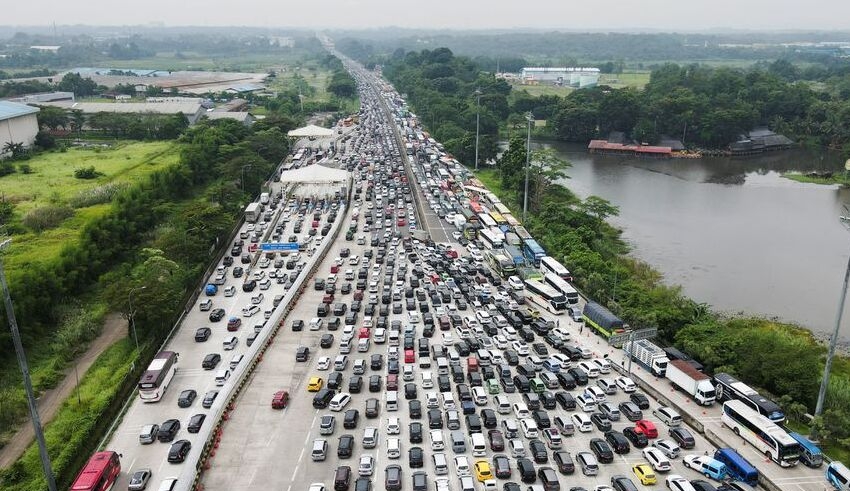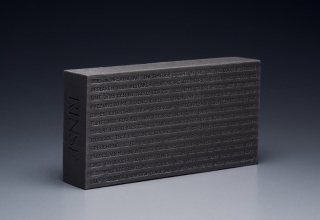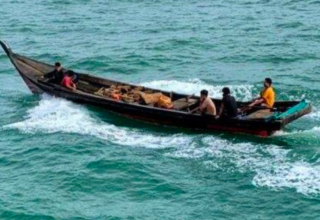
Indonesia is now experiencing its annual “mudik” migration, in which millions of people travel across the nation to celebrate Eid Al-Fitr with their family. Over 123 million individuals will participate in the ritual this year, approximately 40 million more than in 2022. People have flocked to transportation hubs like as airports, railway stations, and bus terminals after COVID-19 limitations were eased in December.
Traffic bottlenecks on major thoroughfares and toll booths have resulted from the rush to travel, with overhead imagery showing huge lines of automobiles crawling down the highways.
Since Tuesday, no seats have been available on trains leaving from the two major stations in downtown Jakarta, according to Indonesia’s state-owned railway operator, PT KAI. “The occupancy rate is 100 percent from April 18 to April 21. Tickets purchased by the public have filled all seats in all departing trains,” stated KAI spokeswoman Eva Chairunisa.
Keep Reading
According to a Transportation Ministry poll, the majority of Indonesians are traveling by private automobile during Eid season, followed by motorbikes and buses. While the journey may be exhausting, with some travels lasting more than 16 hours, many Indonesians value the chance to spend time with relatives and indulge in gastronomic pleasures.
The exodus this year is set to crescendo on Friday, the first day of Eid Al-Fitr, when people rush to their hometowns. The mobility of individuals around the archipelago presents considerable issues for the administration, which is attempting to limit the spread of COVID-19 while simultaneously meeting the requirements of visitors.

























